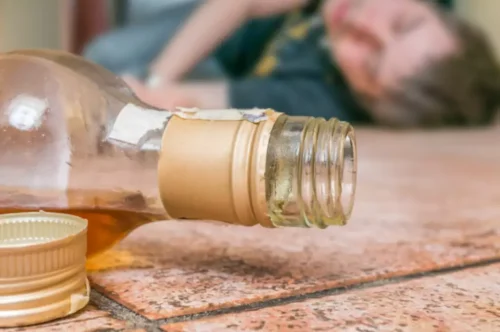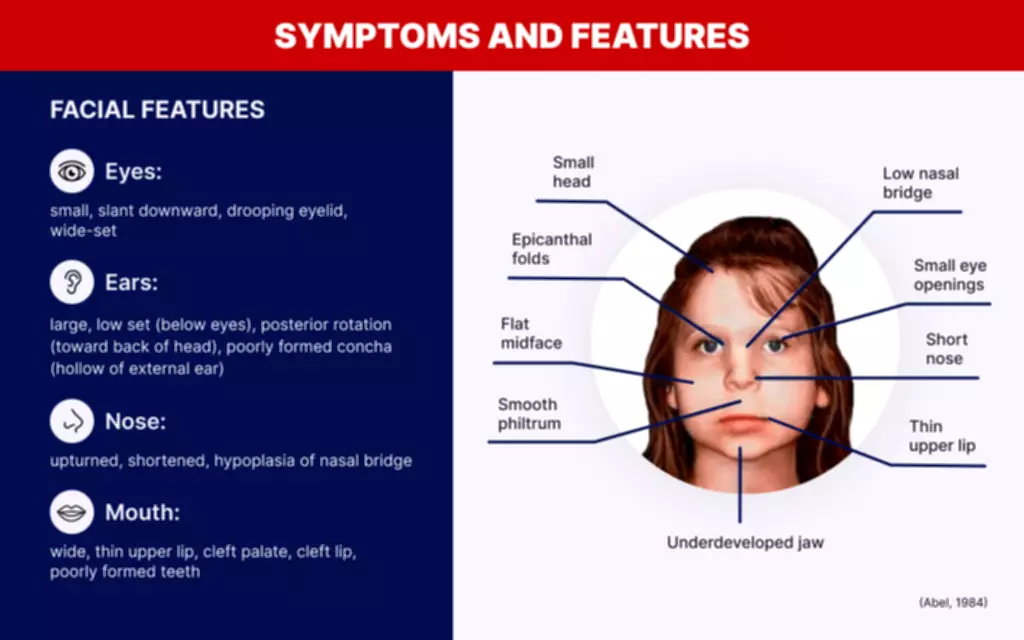Alcoholism can have a detrimental effect on an individual’s professional and personal relationships. Frequent absences from work, decreased productivity, and poor performance are common signs of alcoholism. Furthermore, strained relationships, conflicts with family and friends, and a withdrawal from social activities may all indicate a person’s struggle with alcohol addiction. New clinical trials are also testing the benefits of tightly controlling blood pressure on healthy aging. Learn about the current U.S. guidelines for drinking and when to avoid alcohol altogether.
Feel numbness and tingling in feet or hands
A recent study examined how levels of the stress hormone cortisol change over time. Researchers have found that cortisol levels in a person’s body increase steadily after middle-age, and that this age-related increase in stress may drive changes in the brain. A meta-analysis funded by the National Institute of Mental Health supports the notion that stress and anxiety rewire the brain in ways that can impact memory, decision-making, and mood.

Impact on your health
- An alcoholic may exhibit cracked or peeling nails, frizzy hair and dry patches of skin across their body.
- Although you realize it’s harming you, a physical or emotional dependence on alcohol can make quitting hard.
- At Compassion Behavioral Health, we offer a range of therapies and treatments designed to help individuals overcome the grip of alcohol and start on the path to a healthier, happier life.
- Among signs and symptoms of alcoholism, having constant arguments with relatives and loved ones is definitely an important factor.
Alcohol symptoms can be very varied and include having poor performance at different school activities or at work. For example, alcoholics tend to become less productive, pay less attention to work/study and spend more time procrastinating or taking breaks. This might happen because too much alcohol causes hangovers which seriously reduce productivity. There are other ways alcoholics tend to deny the issue and that is by blaming others for various problems.
- Alcoholism takes a significant toll on the body, affecting various organs and systems.
- Alcohol changes your brain chemistry, and when you drink heavily over a long period of time, your brain tries to adapt.
- The toxic effects of alcohol on the heart can weaken the muscle and impair its ability to pump blood effectively, putting individuals at a higher risk of heart attacks and strokes.
- Another complication is alcohol withdrawal syndrome, which may occur after you stop drinking and can cause symptoms such as nausea, shaking, and sweating.
What can be expected after treatment for fetal alcohol syndrome (FAS)?
Alcohol stimulates the release of neurotransmitters, such as dopamine, in the brain, creating pleasurable sensations. Over time, the brain adapts to the presence of alcohol, leading to tolerance, dependence, and eventually addiction. Additionally, genetic and environmental factors can contribute to the likelihood of developing alcoholism. While only a healthcare provider can diagnose an alcohol use disorder, there are several physical and behavioral signs that may indicate an individual struggles with their alcohol use. Many people with AUD continue to drink even as they develop health problems related to drinking.

Luckily, there are many things which can be done to help alcohol addicts reclaim their lives and get rid of alcohol abuse completely. Not being able to say no to alcohol is definitely one of the most common warning signs of alcoholism, but the sooner alcoholics get professional help, the easier the healing process will be. Alcohol is a powerful substance which should be consumed with moderation.
- The compulsive need for alcohol can become all-consuming, overshadowing other aspects of an individual’s life.
- Treatments can include medication and counseling, and it may be possible for you to moderate your drinking rather than quit altogether.
- This happens because alcohol addicts usually don’t care about the consequences this substance has on their health.
- There’s also getting the alcohol, feeling sick after you drink, and recovering from the effects later.
- As well as the NHS, there are a number of charities and support groups across the UK that provide support and advice for people with an alcohol misuse problem.
These conditions can have severe consequences, including liver failure and an increased risk of liver cancer. Unexplained bruises, frequent injuries, and physical signs of alcoholism diminished physical performance may also be signs of alcoholism. The relationship between mental health conditions and alcohol use disorder is complex.
- FASD may present in childhood or early adulthood with mild social or intellectual concerns, or it can present with birth defects and growth problems during pregnancy.
- Additionally, poor personal hygiene, unkempt appearance, and neglecting overall health are common indicators of alcoholism.
- A person struggling with an alcohol addiction may experience sudden and noticeable weight fluctuations.
- Research shows that healthy eating, staying active, and learning new skills may help keep older adults cognitively healthy.





